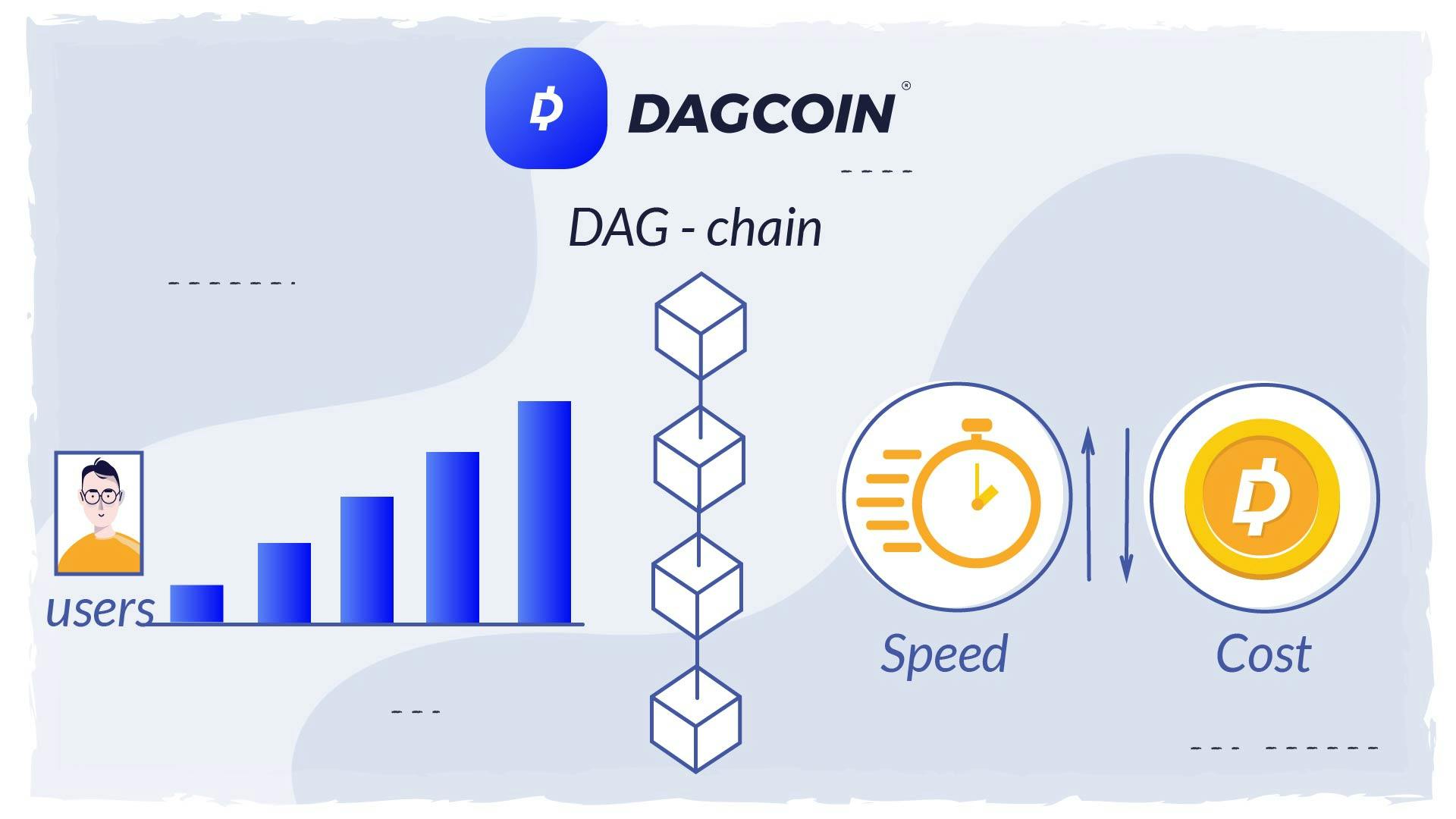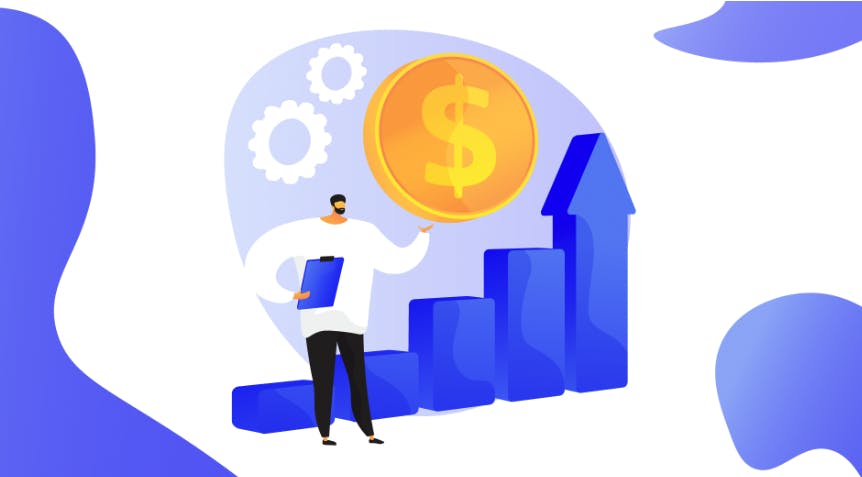After effortlessly moving beyond the musings of finance experts and investors, and breaching popular culture, it’s become clear — Cryptocurrency is here to stay.
In case you feel a little left behind, here’s a crash course on Crypto’s turbulent journey, impact, and the different types you’re likely to hear about.
Where it started?
Although Crypto as a whole is still in its late adolescence, it was as far back as 1998 when ‘b-money’ emerged — an electronic finance system that offered full anonymity, and laid the groundwork for what we all know as cryptocurrency today.
Following the global financial crises of the 00s, trust in banks and the stock market was at a record low. The public required an alternative financial system, and in 2009 Bitcoin answered the call.
While initially considered to be just for tech nerds and shady black market transactions, Bitcoin and many others have since broken through into the mainstream as a viable alternative to common currencies.
So what’s the blockchain?
Freeing itself of restrictive rules and fees levied by traditional banks, Bitcoin owes much of its success to the technology it utilises – the blockchain.
Blockchain removes the figurative middleman and puts the control of all transactions in the hands of its users. Beyond this, all transactions are fully encrypted, ensuring complete privacy and security, and locking out any methods of gaming the system.
It’s not just Bitcoin, though. There’s a good chance you’ve heard of Ethereum, Ripple, Litecoin, Monero et al. With over 5,000 cryptocurrencies part of an ever-growing list, the majority use the blockchain.
DAG-chain cryptocurrencies
Despite efforts to improve on it, few effective moves have been made to introduce an improved version of blockchain technology.

Fortunately, there’s DAG-chain — the technology utilised by Dagcoin.
While the blockchain system is vast, its initial speed and low-cost have been stifled by the ever-increasing number of logged transactions.
DAG-chain, however, does the opposite – as the amount of users increases so does the speed and cost of transactions.
The system is evolving, as should you.






